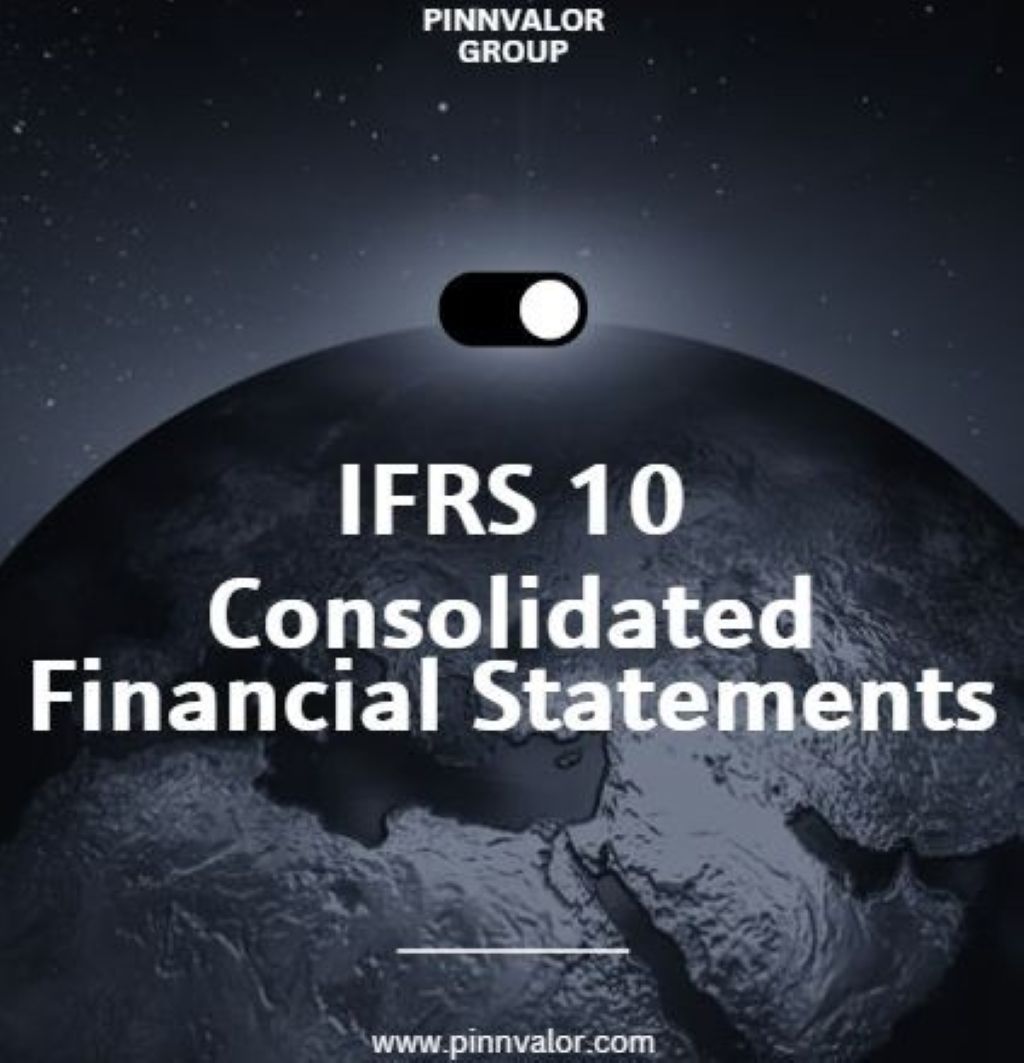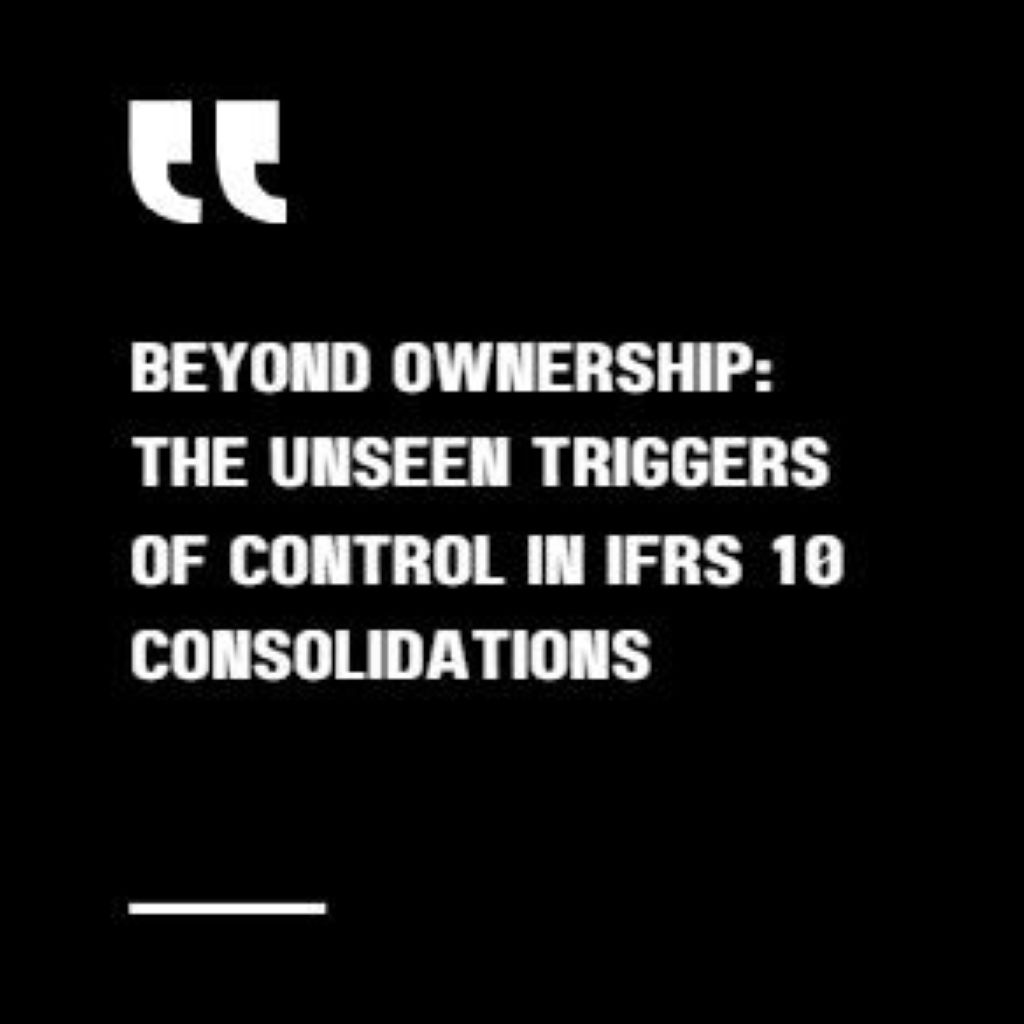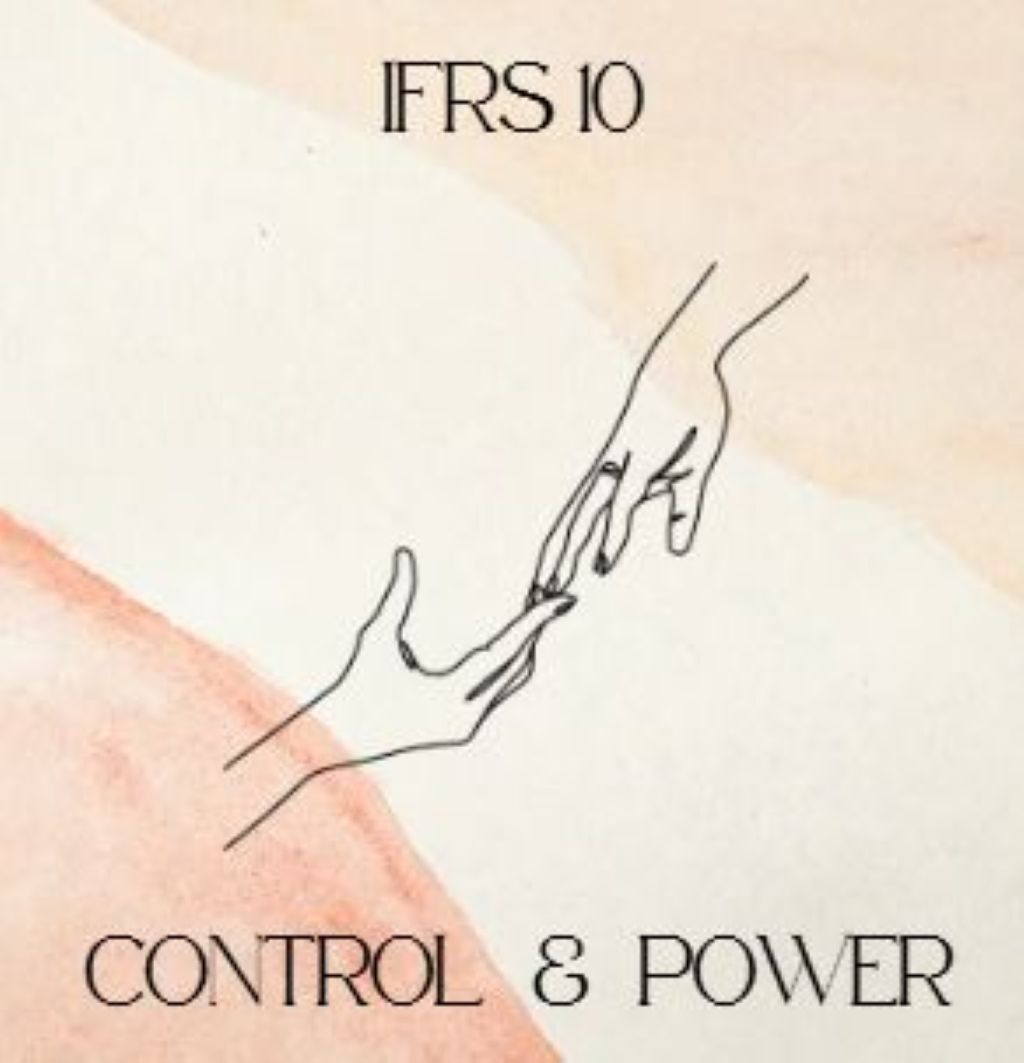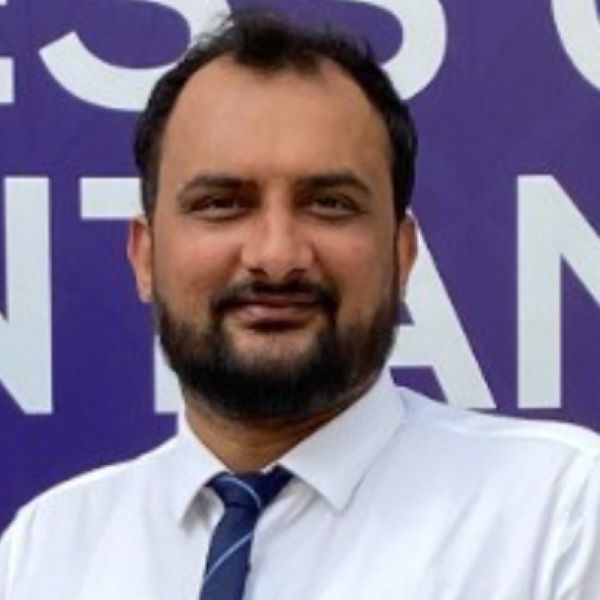
What You’re Missing in Your Consolidations – The Hidden Gaps in IFRS 10 Assessments
Many finance teams assume IFRS 10 / IND AS 110 is straightforward—own more than 50%, and you consolidate. But control is not just about numbers. Misinterpreting the deeper aspects of control can lead to incorrect financial reporting, regulatory scrutiny, and misrepresentation of financial exposure.
Consolidation under IFRS 10 isn’t just a numbers game—true control lies in influence, governance, and strategic decision-making. Overlooking these nuances can lead to serious compliance risks and financial misstatements. Regular reassessment isn’t optional—it’s essential.
Here are the critical gaps finance leaders often overlook when assessing control under IFRS 10.
Control Without Majority Ownership – Why 50% isn’t the only factor
Most companies believe control only exists with a majority stake. However, under IFRS 10, control can exist even with minority ownership if an investor has significant influence over key decisions.
What to Watch For:
- Other shareholders are widely dispersed and do not actively participate in decision-making.
- The investor has a history of influencing financial and operational policies.
- Voting agreements or board influence create hidden control mechanisms.
Case Study: ArcelorMittal & Uttam Galva
ArcelorMittal held less than 50% in Uttam Galva but had strategic influence over operations, leading to mandatory consolidation under IFRS 10.
➤ Takeaway: Do not rely on voting percentages alone—analyze historical decision-making patterns and shareholder behavior before finalizing consolidation decisions.

Potential Voting Rights – The Unexercised Power That Changes Control
Many companies only assess current voting rights but fail to consider potential voting rights—a critical error under IFRS 10.
What to Watch For:
- Call options, convertible instruments, or preference shares that can grant control in the future.
- Rights that, even if unexercised, provide the ability to control key decisions.
Case Study: Vodafone & Indus Towers
Vodafone holds call options on additional shares in Indus Towers. Even though these options were not exercised, IFRS 10 requires Vodafone to assess them as if they had been—potentially changing the consolidation outcome.
➤ Takeaway: If an investor has the ability to gain control through exercisable rights, IFRS 10 treats them as if they were exercised. Ignoring this factor can lead to incorrect consolidation.
Structured Entities – Control Exists Even Without Ownership
Some companies control an entity even if they do not hold a majority stake or voting rights. IFRS 10 identifies these as structured entities, where power is exercised through contractual arrangements rather than ownership.
What to Watch For:
- The entity’s activities are predetermined by contracts, not shareholders.
- A specific investor is assigned decision-making rights.
- The investor is exposed to variable returns and influences those returns.
Case Study: SoftBank’s Vision Fund
SoftBank avoids direct control while retaining strategic influence through board representation, convertible instruments, and governance agreements. Even without a majority stake, its influence over decision-making requires IFRS 10 scrutiny.
➤ Takeaway: If an entity’s governance structure assigns power to a specific investor, it must be assessed for control—even without traditional ownership stakes.

The Principal-Agent Misjudgment – You Manage It, But Do You Control It?
Many companies incorrectly consolidate entities they manage but do not control. IFRS 10 requires a principal-agent assessment to determine who holds real control.
What to Watch For:
- A company executes decisions but does not have final authority over key policies.
- Other investors have the right to revoke or modify the manager’s decision-making power.
- The entity’s activities are controlled by external stakeholders, not the manager.
Case Study: Blackstone & Private Equity Funds
Blackstone manages billions in private equity, but IFRS 10 classifies it as an agent, meaning it does not consolidate the funds it manages. The key factor? Blackstone does not control key investment decisions—its investors do.
➤ Takeaway: If your company manages an entity but does not control strategic decisions, consolidating it may be incorrect.
Control is Not Permanent – Regular Assessments Are Critical
One of the biggest IFRS 10 mistakes is treating control as a one-time assessment. Control must be continuously reassessed when:
- Shareholder agreements change governance structures.
- Voting rights shift due to new financial instruments.
- A company’s operational role evolves, altering its control status.
Case Study: Tesla & Elon Musk’s Influence
Elon Musk owns only ~13% of Tesla, yet his board control, strategic influence, and voting power have given him de facto control. However, if governance shifts through shareholder activism or board restructuring, Tesla’s control assessment would require reassessment.
➤ Takeaway: Control is dynamic. Companies failing to reassess control regularly risk non-compliance and potential financial restatements.
In India’s evolving corporate landscape, control isn’t just about shareholding—it’s about influence. From promoter-driven governance to strategic investor maneuvers, IFRS 10 demands a deeper lens. Overlooking hidden control triggers can lead to regulatory scrutiny, misreported financials, and investor distrust. Stay proactive, not reactive.
Why This Matters for Management of Companies or TCWG
IFRS 10 is not just an accounting standard—it is a strategic framework that defines financial exposure, risk, and consolidation strategy.
Ignoring these hidden control mechanisms can lead to:
- Incorrect consolidation or deconsolidation.
- Regulatory risks and compliance failures.
- Misrepresentation of financial exposure to investors and stakeholders.
Final Thought
Power under IFRS 10 is about more than just ownership percentages—it requires a strategic evaluation of influence, governance, and decision-making structures.
Are your IFRS 10 assessments aligned with the realities of control? Now is the time to reassess.
